All Stories
-
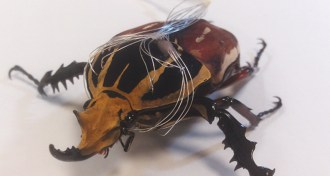
-
 Astronomy
AstronomyEarth’s hurricanes have nothing on this quasar
In a remote galaxy, a cosmic hurricane around a supermassive black hole is driving winds at nearly 20 percent of the speed of light.
-
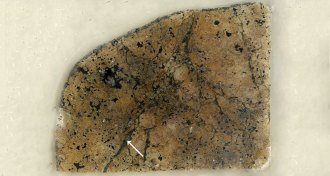 Earth
EarthOne of Earth’s missing minerals found locked inside meteorite
Scientists have discovered the last undiscovered dense mineral of the pyroxene group in a meteorite.
-
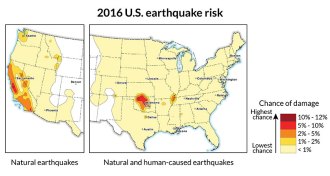 Earth
EarthQuake risk in parts of central U.S. as high as in fault-filled California
A new report from the U.S. Geological Survey shows an increased earthquake hazard from human activities such as the disposal of fracking wastewater.
-
 Climate
ClimateMaximum size for Arctic sea ice hits a new low
Warm temperatures helped drop the Arctic sea ice maximum to the smallest size on record.
-
 Astronomy
AstronomyJapan’s new X-ray space telescope has gone silent
Japan’s newest orbiting X-ray telescope, ASTRO-H, has gone silent and might have broken into several pieces, the Japanese space agency reports.
-
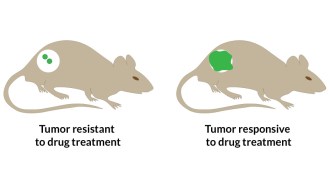 Health & Medicine
Health & MedicineCancer killers send signal of success
Newly designed nanoparticles deliver anticancer drugs and updates on tumor death.
-
 Animals
AnimalsWhy some male hyenas leave and others are content to stay home
Having access to enough females, and a mom to help, can keep a male hyena from leaving his clan.
-
 Earth
EarthBeware of rockfalls in warm weather
Cracks in cliff faces grow and shrink as temperatures warm and cool, new research shows.
-
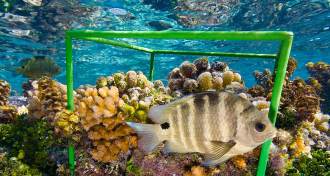 Science & Society
Science & SocietySee life in a cubic foot, visit Roman artifacts, and more to do
New and upcoming exhibits celebrate biodiversity, birds’ dinosaur origins, opulence in ancient Rome, and more.
-
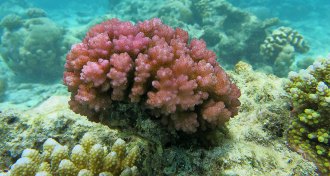
-
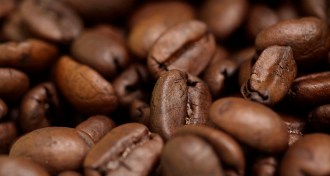 Microbes
MicrobesDiverse yeasts make their home on coffee and cacao beans
Yeasts in coffee and cacao are shaped by geography and human migration, genetic analysis finds.